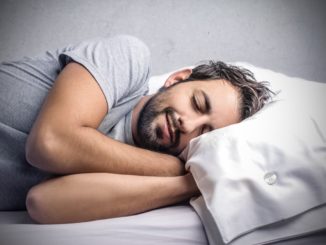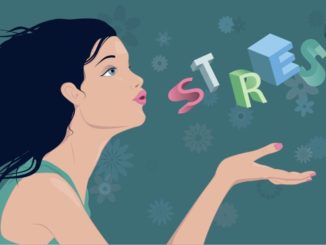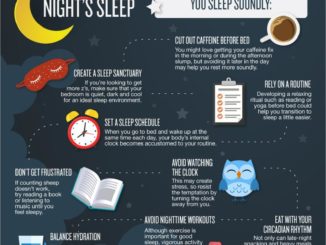
Pavlov believed that hypnosis and sleep were identical. In spite of thousands of published studies and papers, this is still the most popular belief today. In truth, the hypnotic trance state is related more to the waking state than to the normal sleep.
Let us compare hypnosis and sleep.
1. Induction: Normal sleep is not induced by another person, while hypnotic trance is usually induced by another person. Hypnosis can be achieved without the mention or suggestion of sleep.
2. Suggestibility: In normal, physiological sleep, the person will not respond to suggestions and other light sensory stimulus. In the hypnotic state, the subject is highly susceptible to suggestions.
3. Tendon Reflexes: The tendon reflexes are elicited by lightly but firmly tapping certain tendons to flex the corresponding muscles. This is indicative of a normal neuro-spinal and neuro-muscular communications. In knee jerk when the tendon below the knee cap is tapped with percussion hammer while the knee is flexed and flaccid, there is a forward jerky movement of the legs due the contraction of the muscles of the thighs. Such tendon reflexes are diminished or abolished in deep sleep while these are present in hypnosis.
4. Muscle Tone: In normal sleep, muscles usually become flaccid from diminished muscular tone and action. On the contrary, the muscles, especially those of the arms and legs are maintained in a state called tonic rigidity. These muscles, however, can be made to relax completely and attain a near flaccid state through appropriate suggestions during the hypnotic trance.
5. Reasoning: While asleep, the normal reasoning capability of the individual is switched off temporarily. In hypnotic trance, the subject is perfectly capable of reasoning, though the reasoning could become directional due the suggestions implanted by the hypnotist.
6. Brain Activity: The EEG (Electro Encephalogram), which records brain activity and electric impulses inside the brain, shows similar waves during the hypnotic and waking state, while the waves during the sleep are quite different from these two states.
7. Somnambulism, where the subject walks around or performs some activities during sleep is actually the deepest kind of subconscious activity akin to deep hypnotic trance and should not be considered a sleep activity.
Thus, though hypnotic trance state is sometimes referred to as a guided ‘sleep’, it is not similar to the normal physiological sleep. It is a well known occurrence that people fall of to normal sleep after a prolonged hypnotic session or auto hypnotic therapy. This is a normal phenomenon.
Proudly WWW.PONIREVO.COM



